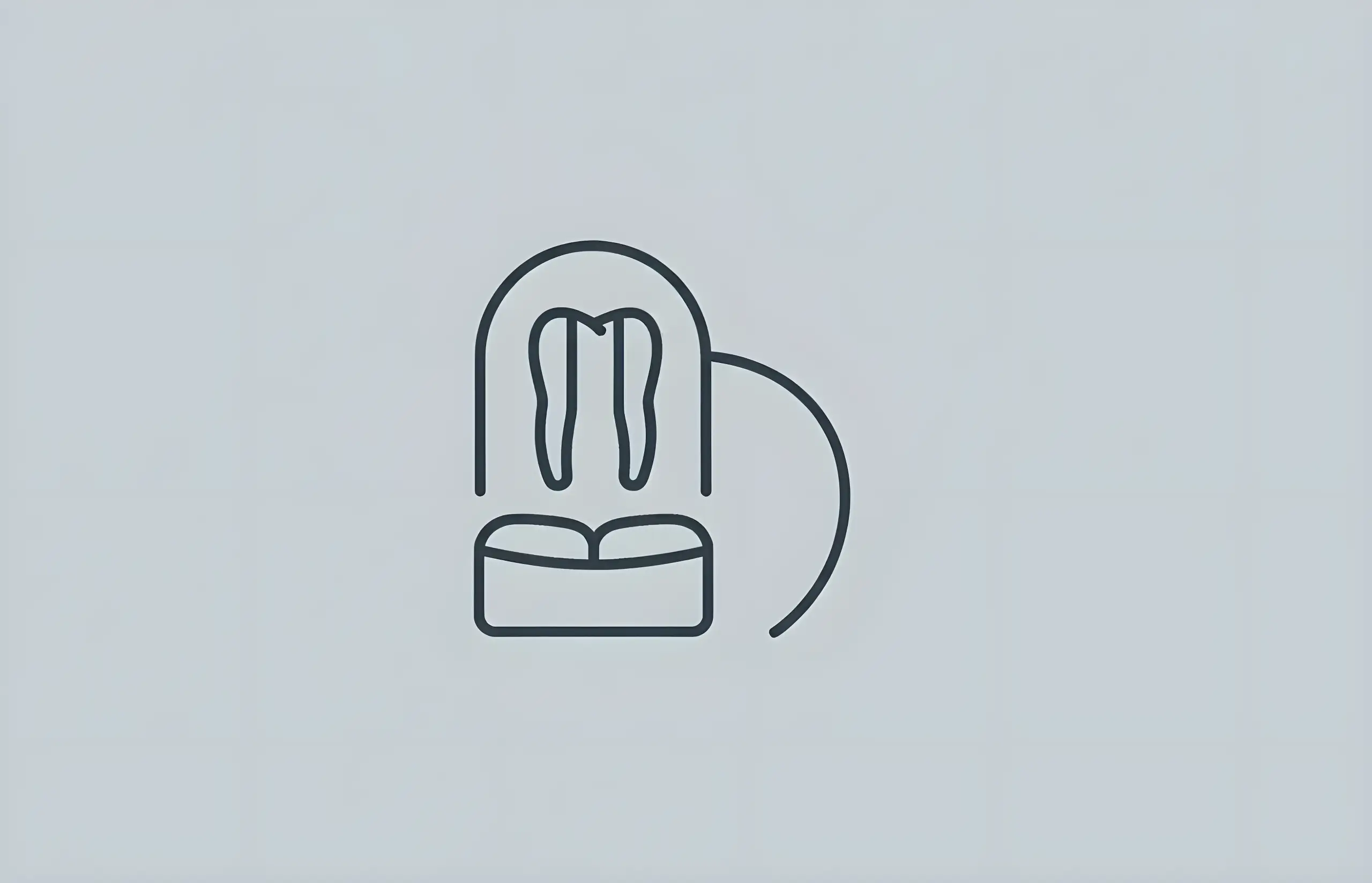Retainers are an essential part of most orthodontic treatments involving braces, and work by preventing teeth from reverting to their old positions. But can retainers straighten teeth by themselves?
What Are Retainers Normally Used For?
Retainers are used to stabilize teeth after orthodontic treatment. They form an important part of post-braces care.
Teeth can shift and reposition for four to six months after you have removed your braces. Retainers help keep the teeth in their corrected position and prevent them from returning to their old position.
Retainers are custom made to fit your teeth so that they help keep the teeth in their corrected position.
Retainers can be prescribed for anywhere between one month to a lifetime. Orthodontists generally prescribe retainers, fixed or removable, for at least a year.
Two types of retainers are commonly prescribed by orthodontists:
Removable Retainers
These retainers don't need to be worn all the time. They are usually prescribed for overnight use and can be removed when performing activities like brushing and eating.
There are two kinds of removable retainers:
- Hawley Retainers: These are wire retainers made from a combination of thin wire and acrylic or plastic. The metal wire runs across the outside of your teeth, and the plastic is moulded to fit the roof of your mouth.
- Clear Plastic Retainers: These are also called moulded retainers or vacuum-formed retainers. They are made by creating an impression of your teeth and melting a polyurethane sheet to fit this mould.
Permanent Retainers
These are known as fixed, lingual wire, or bonded retainers. A solid or braided wire is attached to the backside of the straightened teeth. These are not visible outside and do not affect your speech.
However, using fixed retainers can make it difficult to maintain proper oral hygiene. Plaque can build up on the wires and, since they are located on the inside face of the teeth, it is more difficult to clean when brushing.
Can Retainers Be Used to Straighten Teeth That Have Shifted?
Even though you have undergone corrective orthodontic treatments, your teeth will take almost six months to permanently settle into the new position after your braces have been taken off. The bones and teeth tissue need time to adjust.
Furthermore, over time, activities like chewing and biting can exert pressure on your teeth and cause them to loosen or shift.
These small shifts can be avoided and corrected with the help of proper retainer use. However, retainers only complement other orthodontic treatments and can not be used as a standalone solution to straighten teeth.
To straighten teeth, you will always need to go for some kind of orthodontic treatment. Using old retainers or ill-fitting retainers to correct the shift can further damage your teeth.
Wrapping Up
Retainers are prescribed along with other orthodontic treatments. So they cannot be used to straighten teeth on their own. They are only a means to prolong the result of orthodontic treatments that have been completed.
Sources and References
-
[1]
Orthodontic Retainers—A Critical ReviewChildren (Basel)https://pmc.ncbi.nlm.nih.gov/articles/PMC9954726/
-
[2]
Fixed Orthodontic Retainers: A ReviewTurkish Journal of Orthodonticshttps://pmc.ncbi.nlm.nih.gov/articles/PMC6605884/
-
[3]
The retention characteristics of Hawley and vacuum-formed retainers with different retention protocolsJournal of Clinical and Experimental Dentistryhttps://pmc.ncbi.nlm.nih.gov/articles/PMC5923896/
-
[4]
Retention procedures for stabilising tooth position after treatment with orthodontic bracesCochrane Database of Systematic Reviewshttps://pubmed.ncbi.nlm.nih.gov/37219527/
-
[5]
Development of a clinical practice guideline for orthodontic retentionOrthodontics & Craniofacial Researchhttps://pmc.ncbi.nlm.nih.gov/articles/PMC6850190/
All sources accessed and verified on . Medical information reviewed for accuracy and compliance with current guidelines.
Related Articles
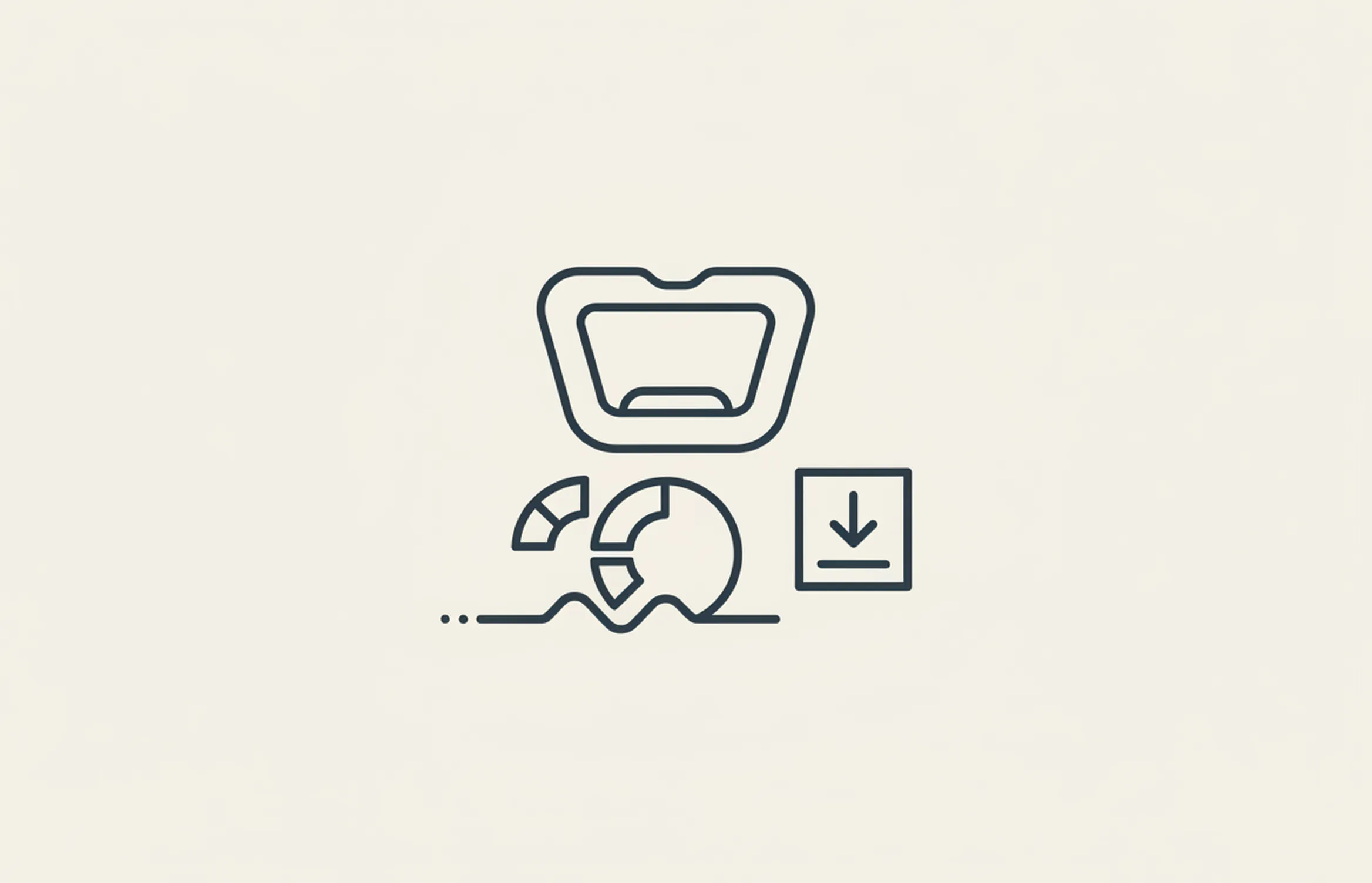
Dental Retainers – Costs & Information
Comprehensive guide to orthodontic retainers including types (Hawley, clear, fixed), costs, effectiveness, survival rates, proper wear protocols, and maintaining teeth alignment after braces
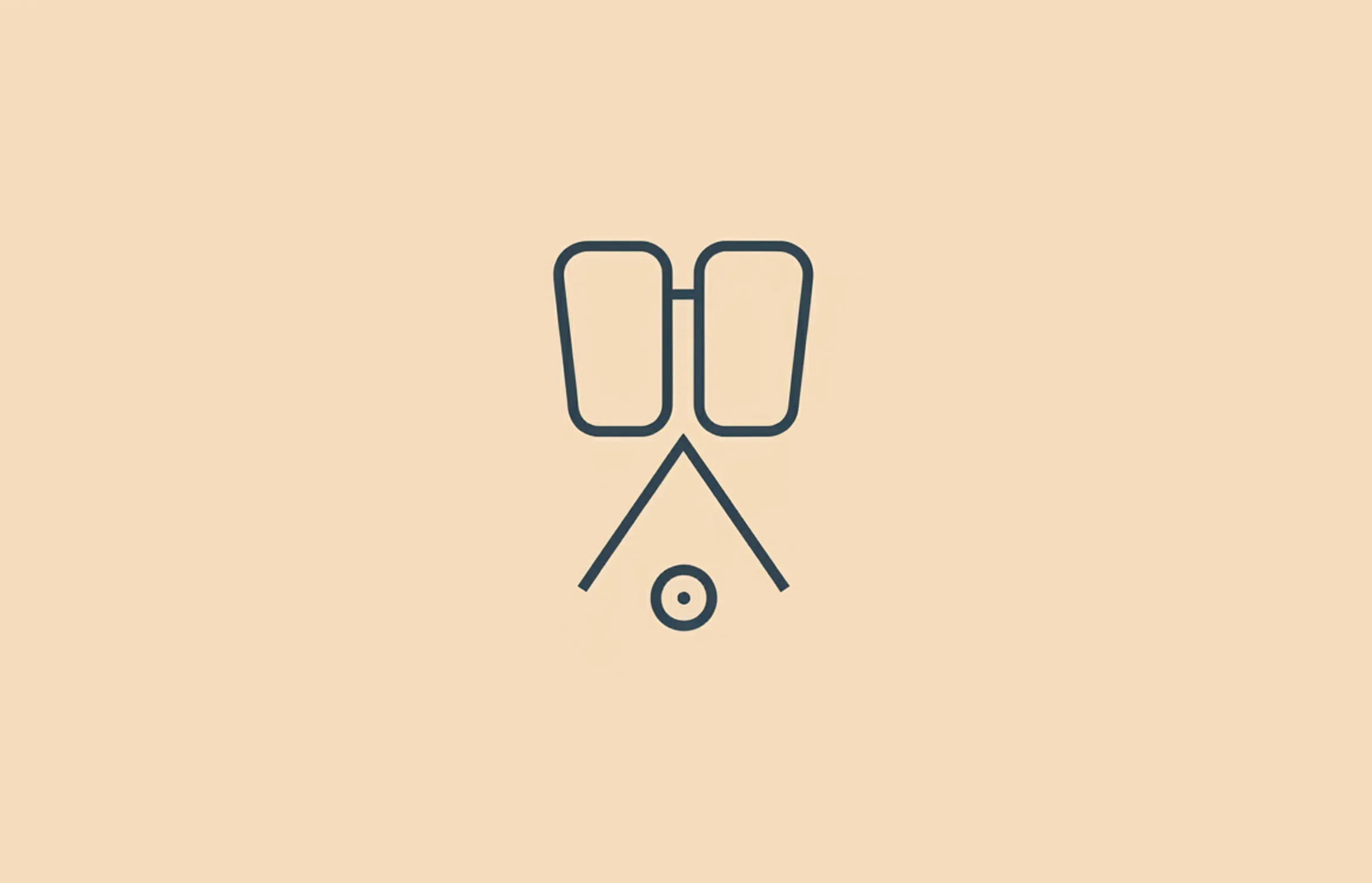
How Much is a Replacement Retainer?
Complete guide to replacement retainer costs including types (Hawley £70-£300, clear plastic £50-£140, bonded £100-£400), what to do if you lose a retainer, importance of immediate replacement, and prevention tips
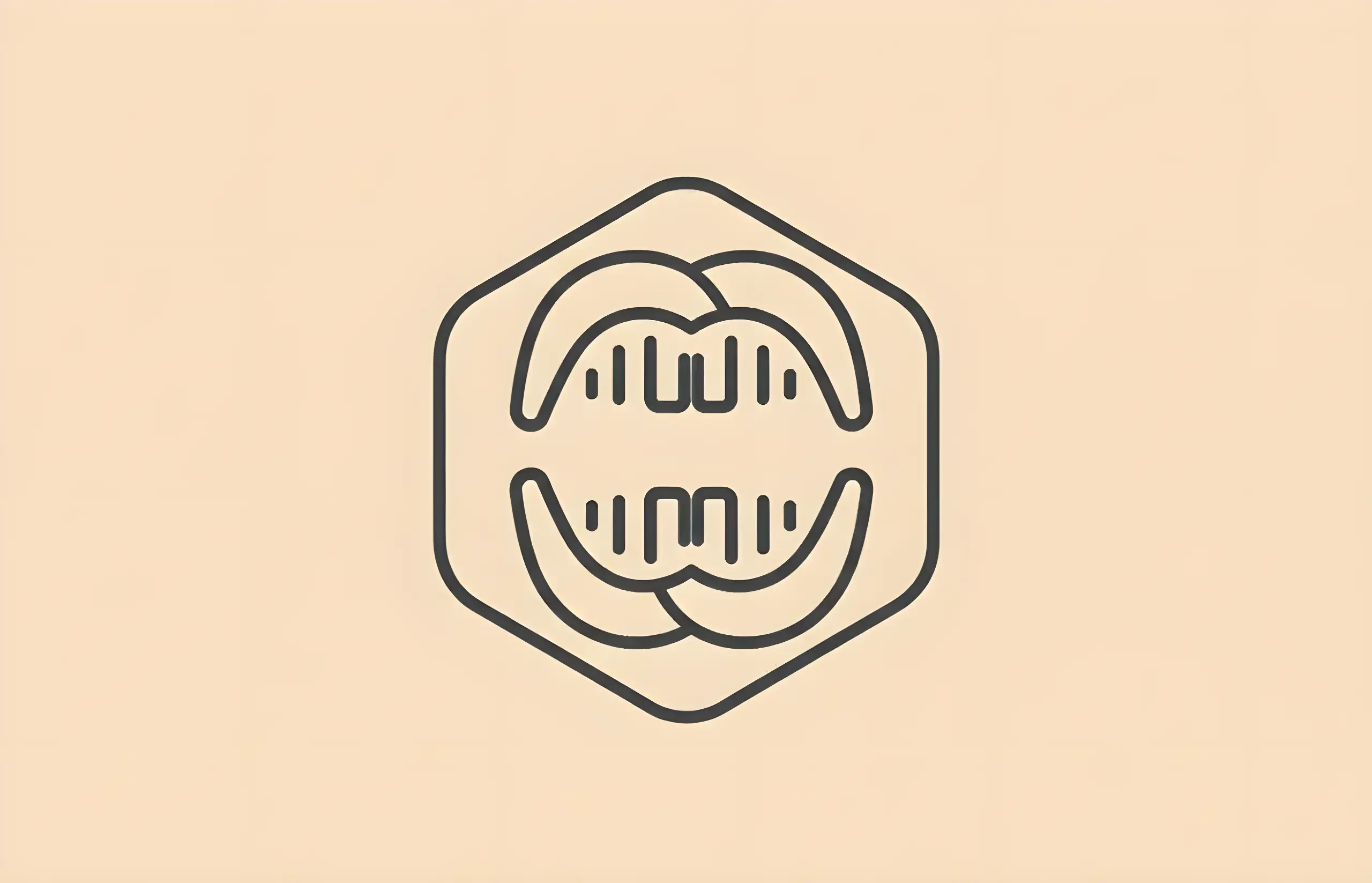
Retainers for Teeth: A Simple Guide
Complete guide to dental retainers including clear retainers, fixed retainers, and Hawley retainers, with costs, benefits, and aftercare information

Wearing Retainers After Braces
Essential guide to orthodontic retention including retainer types, duration, and preventing relapse after braces treatment
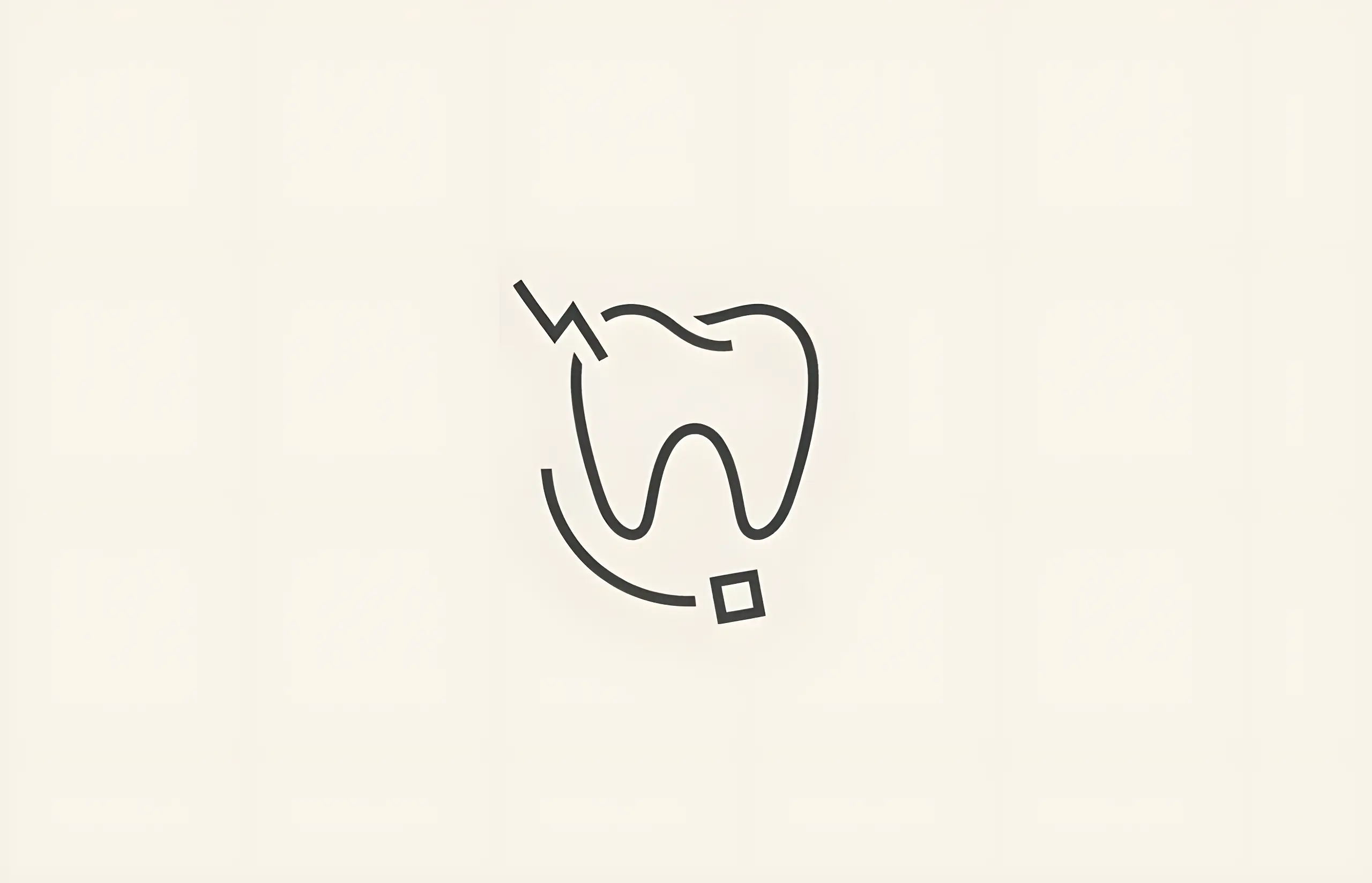
What Happens If You Don't Wear Your Retainer
Learn why retainers are essential after orthodontic treatment including consequences of not wearing your retainer, relapse risks, retention phase duration, and proper retainer care
About The Dental Guide
The Dental Guide is a trusted online resource providing evidence-based information about dental health, treatments, and procedures. Our content is created and reviewed by qualified dental professionals to help you make informed decisions about your oral health.
Our Mission
- Evidence-based dental information
- Expert-reviewed content
- Clear, accessible explanations
- Latest treatment options
- Patient-focused guidance
Editorial Standards
- GDC-registered dental professionals
- Peer-reviewed sources
- Regular content updates
- Medical accuracy verification
- Transparent authorship
Important Notice
The information on The Dental Guide is for educational purposes only and should not replace professional dental advice. Always consult with a qualified dentist for diagnosis and treatment recommendations tailored to your individual needs and circumstances.
Medically Reviewed
Reviewed by Dr. Nasim Mechoui , BDS (Bristol)
Share this article
Comments & Discussion
Have questions about dental implants? Share your thoughts or experiences.
